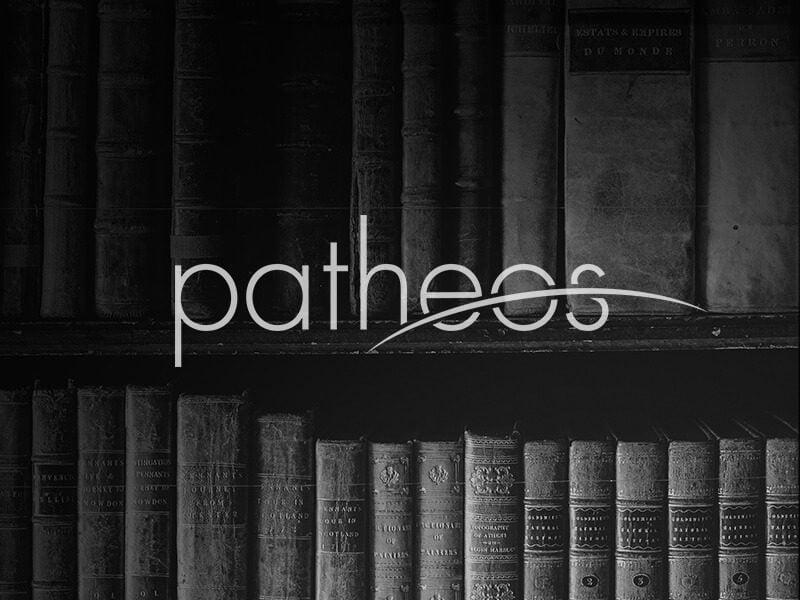In his early treatise de musica , Augustine arranges everything into a hierarchy: God and other immutable objects above; human souls between; bodies and other carnal things below. It’s a Neoplatonic and hardly Christian notion. But embedded within that Augustine gets at something more sound. “Delight or enjoyment sets the soul in her ordered place,” he says, citing Matthew 6:11. That step allows two other interesting ones: The reason why (inordinate?) delight in lower things cannot be beautiful is that... Read more
















